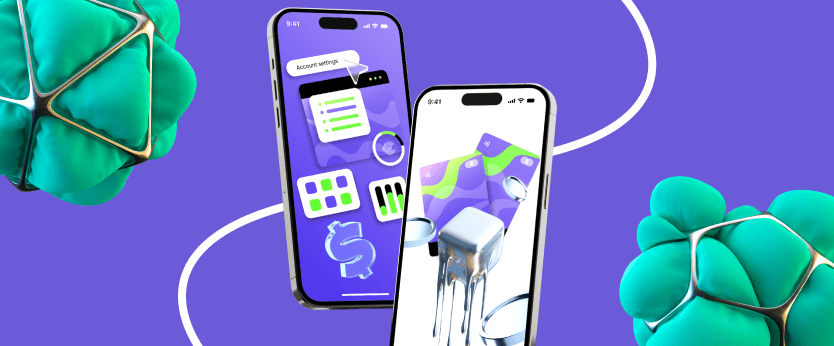Blog Paykassma

December 28, 2024 8 mins

December 28, 2024 8 mins

December 3, 2024 6 mins

December 21, 2022 6 mins

February 17, 2022 10 mins

February 17, 2022 3 mins

February 17, 2022 7 mins

February 17, 2022 6 mins

February 7, 2022 4 mins

February 7, 2022 3 mins
Online Payment Company #1
Online payment solutions for all types of businesses since 2019

